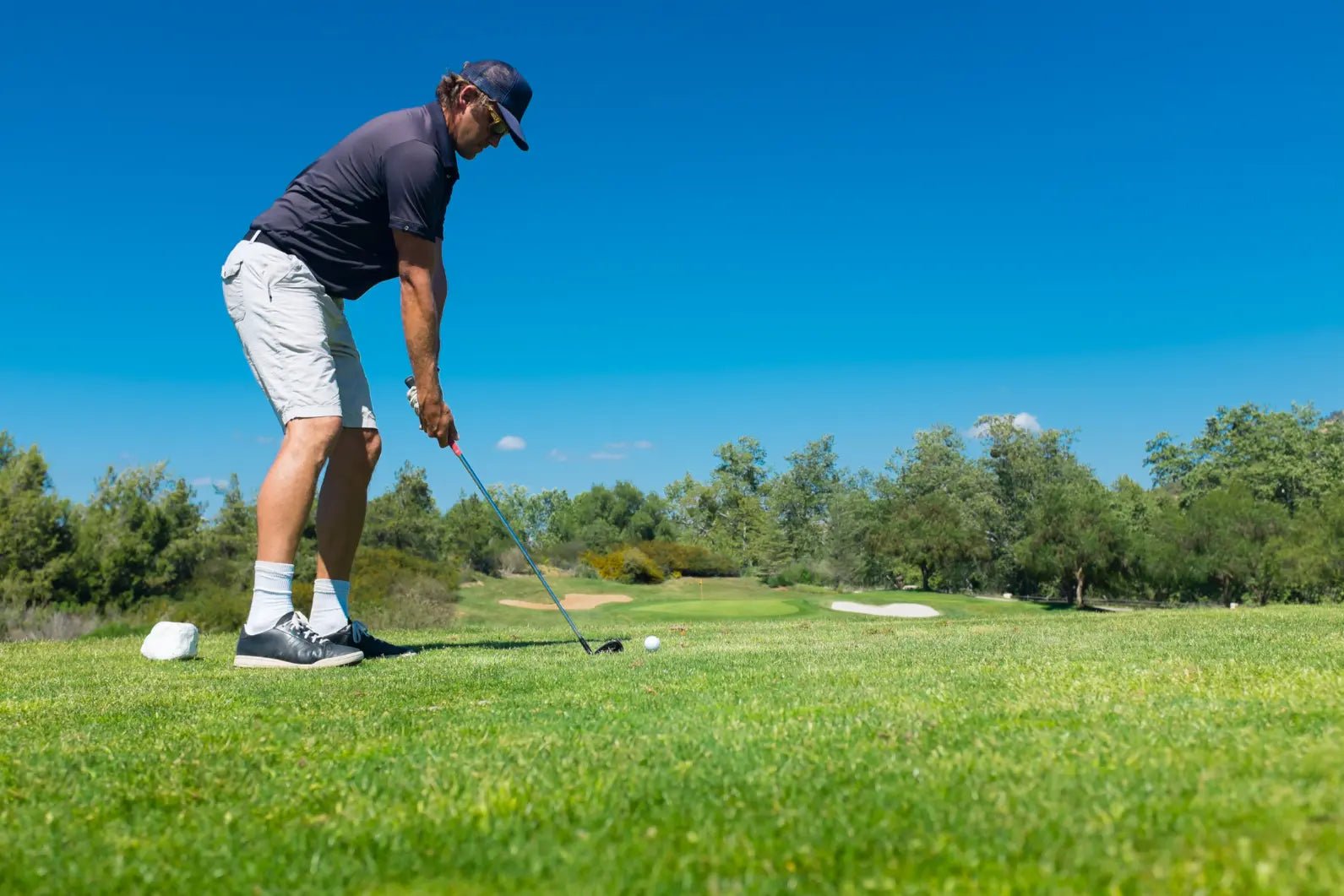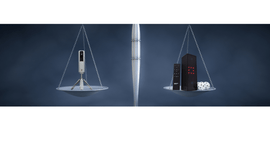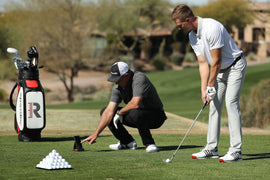Shot shape is the path the ball takes as it moves through the air. With set-up adjustments and data points, you can learn how to shape shots to improve your game.
What is shot shape?
The way your ball spins determines how it travels through the air. The curve is known as the shot shape. While everyone has a natural shot shape, golfers can learn to shape shots depending on wind conditions, objects and hazards and to get an improved angle on the flag.
Decoding data to improve your shot shape
Your club path and club face angle impact your shot shape. Using FlightScope technology, Mevo+, golfers can track club paths, face angles, and spin axis. Using this data, golfers learn to understand the adjustments they need to make, allowing them to hit more controlled draws and fades.
By combining alignment rods and Flightscope’s launch monitor data, golfers can understand the relationship between the club face and the club path. Using the data from this setup, they can perfect different shot shapes in the simulator, on the course, and at the driving range.
Practical guidance for shot shaping
Club selection
Golfers looking to learn how to shape shots can experiment with clubs, stance, and wrist position. Bubba Watson, double Masters champion, explains how the longer the club, the more spin you can create. Danny Malcom, Australian and British PGA Golf Professional, says that if you’re trying to shape the ball, then a lower lofted club will curve more due to a straighter face and less loft.
Ball position
While the choice of club is important, your position on the ball can be the difference between a perfect draw and a slice. As Jack Nicklaus famously said, “To shape a shot, it’s better to change your set-up than your swing.”
Ladies European Tour Player Rachel Drummond explains her set-up to hit a draw or a fade. She starts by shifting the ball position either back or forward. For a draw, she moves the ball back. This ball position allows her to catch the ball while the club is still moving ‘in to out’, putting draw sidespin on the ball.
Stance
Watson’s approach is to focus on the feet, which will impact how the body rotates. Taking a closed stance with your lead foot forward and your rear foot back will allow you to play more draw, reducing the fade. With an open stance, your body rotates to create a cut.
Whether you’re a pro or an amateur, shaping your shot will help you in the trees, aiming at a dogleg hole, or navigating the wind. From your set-up to your club, using data from Flightscope will give you the data points to improve your game.
Find similar articles
Driven by data



